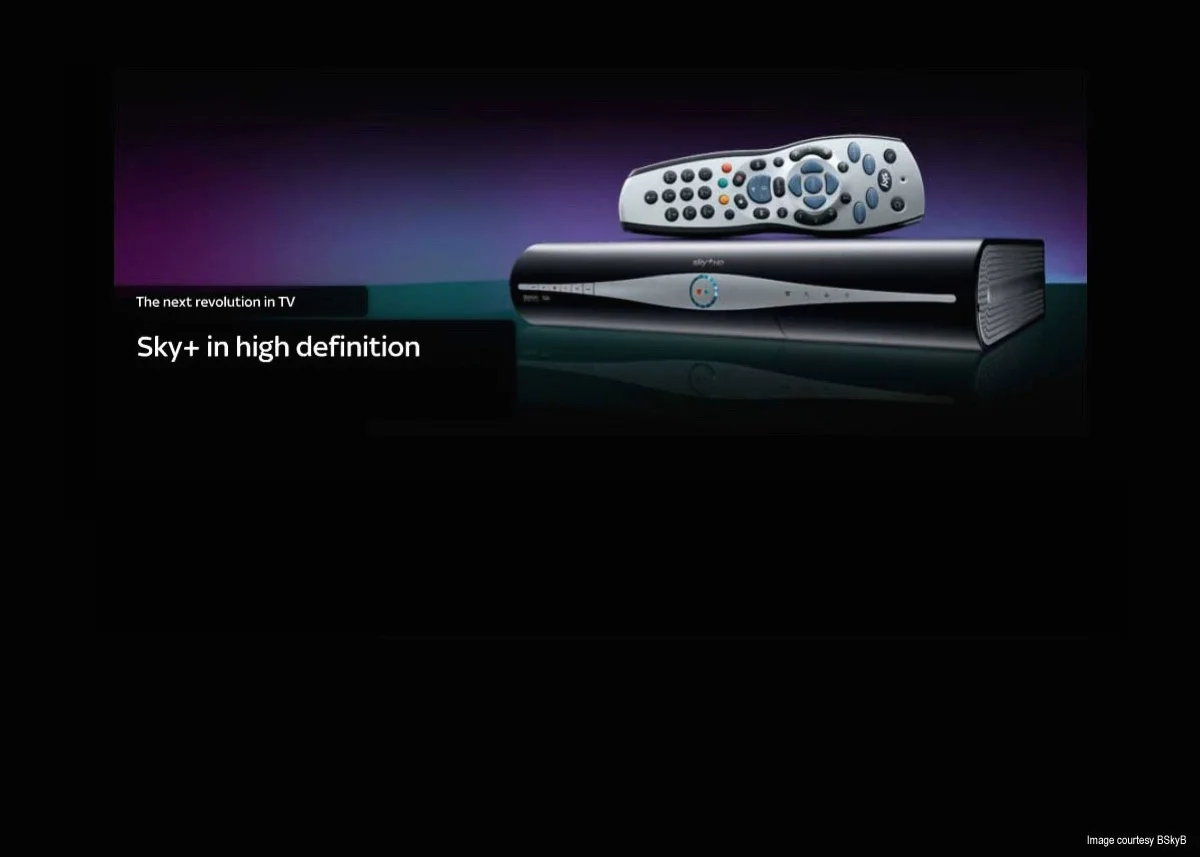How Sky Crushed the Competition by Moving 4 Years Ahead of Schedule

Key Takeaways
- 1 Sky moved HD launch 4 years ahead of schedule from 2010 to 2006, crushing competition during the World Cup opportunity
- 2 Strategic timing windows close rapidly - being six months late to market often means being permanently locked out
- 3 Market leadership requires accepting execution risk to capture timing opportunities while competitors wait for perfect conditions
- 4 First-mover advantage in premium technology created an insurmountable market position with over 10 million Sky+ HD units deployed
When James Murdoch arrived at Sky, he made a decision that would define the next decade of the pay-TV industry: move the HD launch from 2010 to 2006. Four years ahead of schedule. What looked like an impossible timeline became the strategic masterstroke that secured Sky’s market dominance.
The Perfect Storm of Opportunity
Our market intelligence revealed a rare convergence of factors that opened an unprecedented competitive window:
Technology costs were plummeting faster than projected. HD screen manufacturers reported explosive early adoption rates and committed to aggressive price reduction roadmaps. The premium technology barrier was collapsing ahead of all forecasts.
The 2006 World Cup presented an unmissable content catalyst. HD sports broadcasting would drive mass consumer adoption in a concentrated timeframe - exactly the kind of market-making event that comes once in a generation.
Competitor vulnerabilities created a temporary monopoly opportunity. Virgin Media remained paralysed in post-merger integration chaos with no coherent device strategy. BT’s infrastructure couldn’t support HD services. Freeview faced years of development delays before launching competitive HD offerings.
This wasn’t just a product opportunity - it was a market capture moment.
Execution Under Extreme Uncertainty
The decision to accelerate required navigating unprecedented technical and supply chain risks that would have deterred most organisations:
Unproven technology infrastructure. Early HD cameras suffered from motion blur issues that turned football matches into green smears. The DBS2 satellite protocol remained under industry debate. Intel’s HDCP specification existed only on paper - we became the first implementers.
Supply chain complexity at scale. Our HD PVR required orchestrating five major suppliers across conditional access, middleware, storage, chipsets, and manufacturing. Each represented a critical failure point for the entire program.
Strategic supplier dilemma. We faced the classic innovator’s challenge: work with known suppliers who lacked HD capabilities, or bet on unproven partners who might deliver breakthrough technology.
The Broadcom Gamble
Our solution required a calculated risk that exemplified strategic leadership under uncertainty. When Broadcom acquired Sand Video, we immediately recognised the potential for integrated HD chipset technology.
We placed the largest order in our history for technology that didn’t yet exist.
This wasn’t reckless gambling - it was strategic risk management. We understood that competitive windows close rapidly, and that being six months late to market often means being permanently locked out.
Market Results Vindicated the Strategy
Despite production challenges that forced competitors like DirectTV into significant delays, we launched one month before the World Cup with record pre-orders. Thomson’s decision to relocate manufacturing from Wales to Hungary created temporary production quality issues, but our early market entry position was secured.
Today, over 10 million Sky+ HD units operate across the UK - validating a strategic bet that competitors still haven’t matched.
The competitive window we identified in 2006 remained open far longer than anticipated, allowing us to build an insurmountable market position through first-mover advantage in premium content delivery technology.
Strategic Insight: Market leadership often requires accepting execution risk to capture timing opportunities. Competitors who wait for perfect conditions typically find the window already closed.
Image courtesy of BSkyB